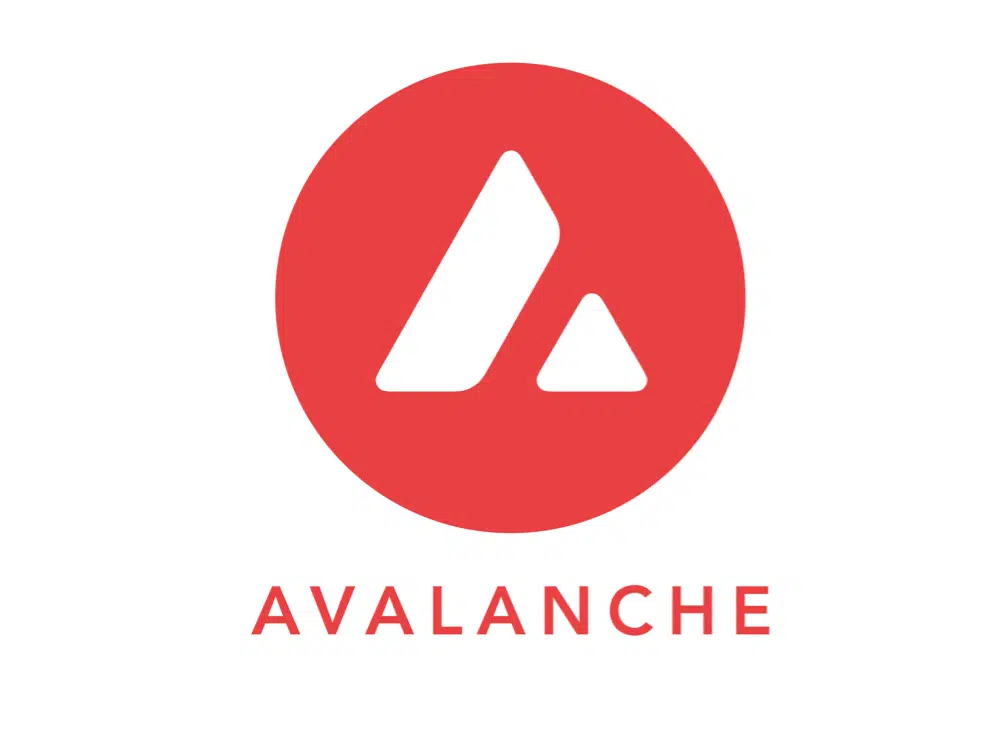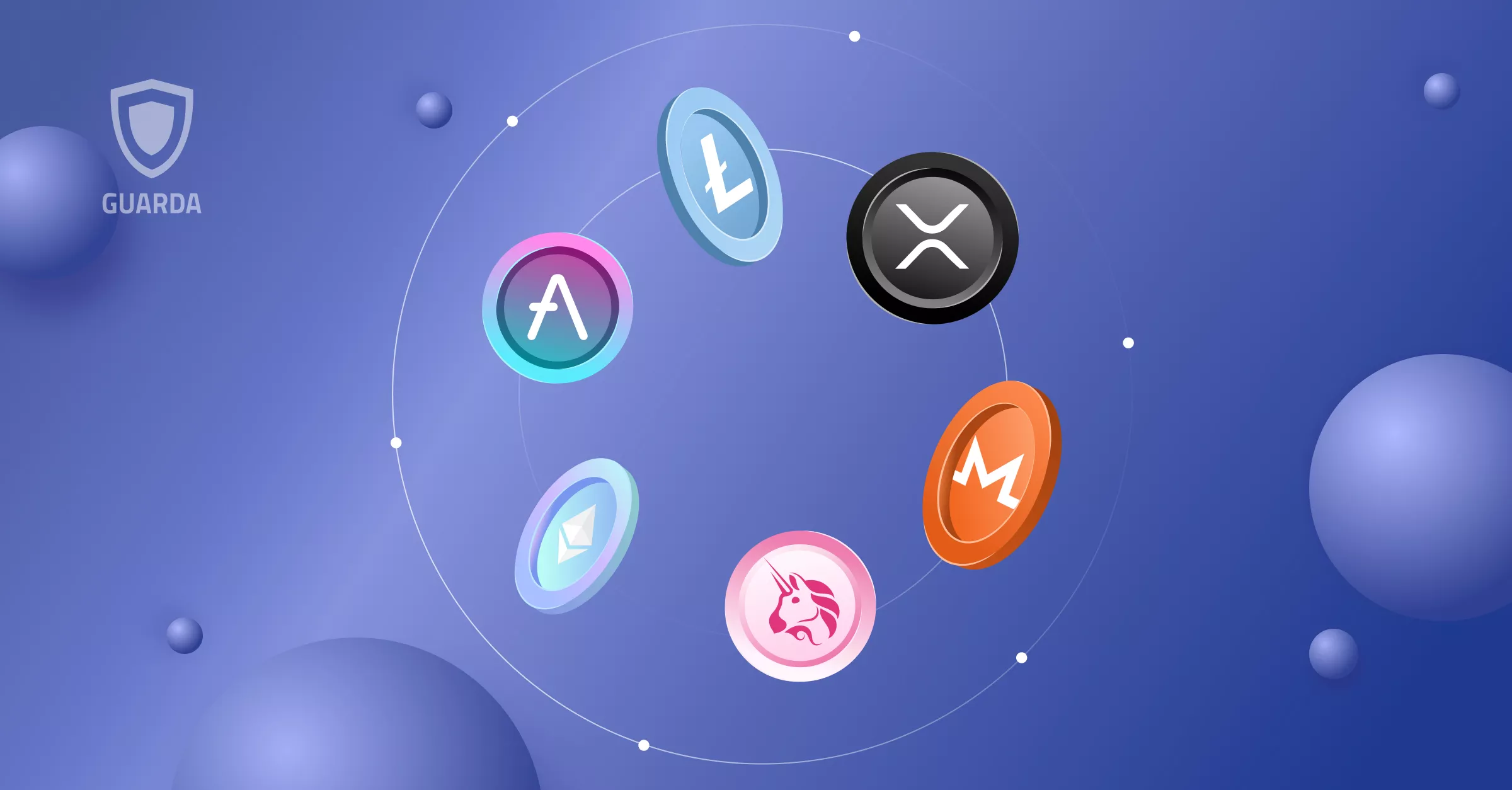Avalanche (AVAX) has emerged as a game-changing blockchain platform aimed at solving the limitations of traditional decentralized finance (DeFi) networks. Built by Ava Labs, Avalanche offers unmatched scalability, near-instant transaction speeds, and the ability to create customizable blockchains—all while maintaining decentralization and security.
Avalanche: The Internet of Finance
Avalanche is often referred to as the “Internet of Finance” due to its ability to bridge decentralized applications (dApps) and traditional financial systems. It supports the deployment of both public and private blockchains, allowing developers and enterprises to launch interoperable smart assets and dApps tailored to specific use cases.
Its standout feature is its consensus mechanism: the AVAX Consensus Protocol. This sub-sampled system uses a community of validators to confirm transactions with lightning-fast finality, allowing the platform to process over 4,500 transactions per second—far outpacing legacy chains like Ethereum.
Also read: What Is SushiSwap (SUSHI)? A Complete Guide to the Ethereum-Based DeFi Exchange
How Avalanche Works: Subnets, Smart Contracts, and Speed
Avalanche offers three core chains:
- X-Chain: For creating and trading assets
- C-Chain: For smart contract compatibility (Ethereum Virtual Machine)
- P-Chain: For validator and subnet management
This tri-chain architecture allows developers to build custom subnets—mini blockchains—with specified rules and validator sets. Users can build permissioned or permissionless environments, giving full control over their ecosystems.
Smart contracts are a major feature of AVAX, with nearly instant finality and extremely low fees. This makes it attractive for DeFi apps, NFT platforms, and enterprise solutions.
What Is the AVAX Token?
AVAX is the native utility token that powers the Avalanche ecosystem. It’s used for:
- Staking to secure the network and earn rewards
- Paying fees across transactions
- Governance in the Avalanche ecosystem
- Burn mechanisms, reducing total supply and increasing scarcity
There are 720 million AVAX tokens in total, with over 70 million already in circulation. Users can stake AVAX through an Avalanche Wallet, select a validator, and set their desired lock-up periods to earn passive rewards.
Pros and Cons of Avalanche
Pros:
- Exceptionally fast transactions with low latency
- Scalable architecture handling thousands of transactions per second
- Fully customizable blockchains and dApps
- Energy-efficient Proof-of-Stake (PoS) consensus
- High interoperability across chains
Cons:
- Validator disagreements can delay finality
- Lack of consensus on conflicting transactions may lead to stalled or lost assets
- Requires strong validator participation for optimal performance
The Future of Avalanche and Avalance-X
Avalanche’s roadmap includes Avalanche-X, a grant and accelerator program to support developers building DeFi applications, including stablecoins and derivatives. With increasing institutional and developer interest, Avalanche is positioning itself as a cornerstone of the Web3 infrastructure.




